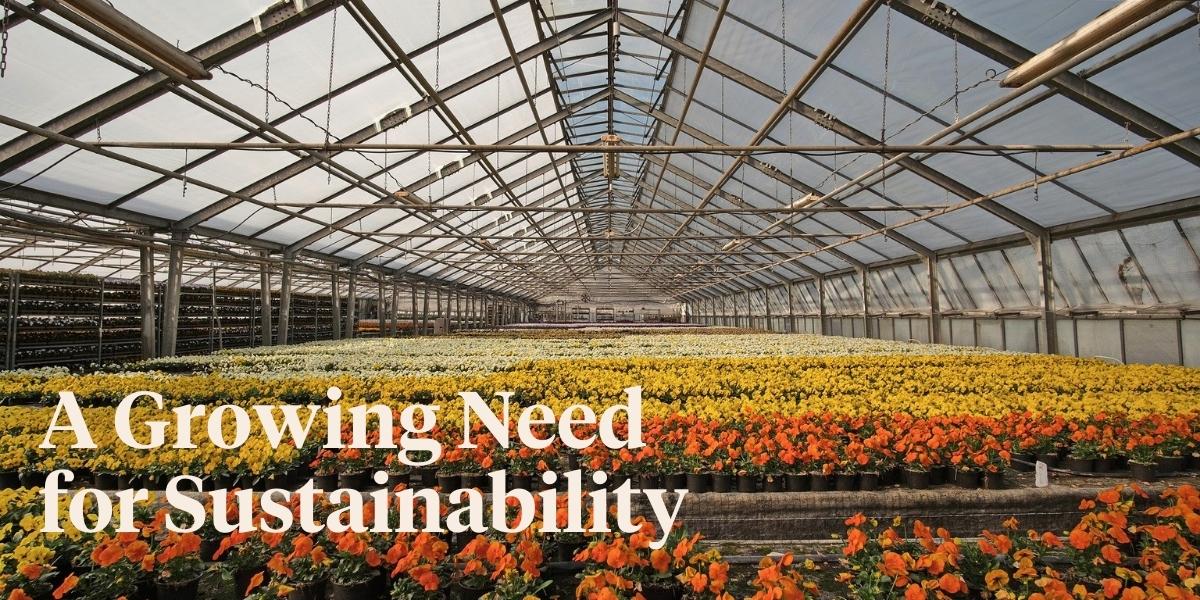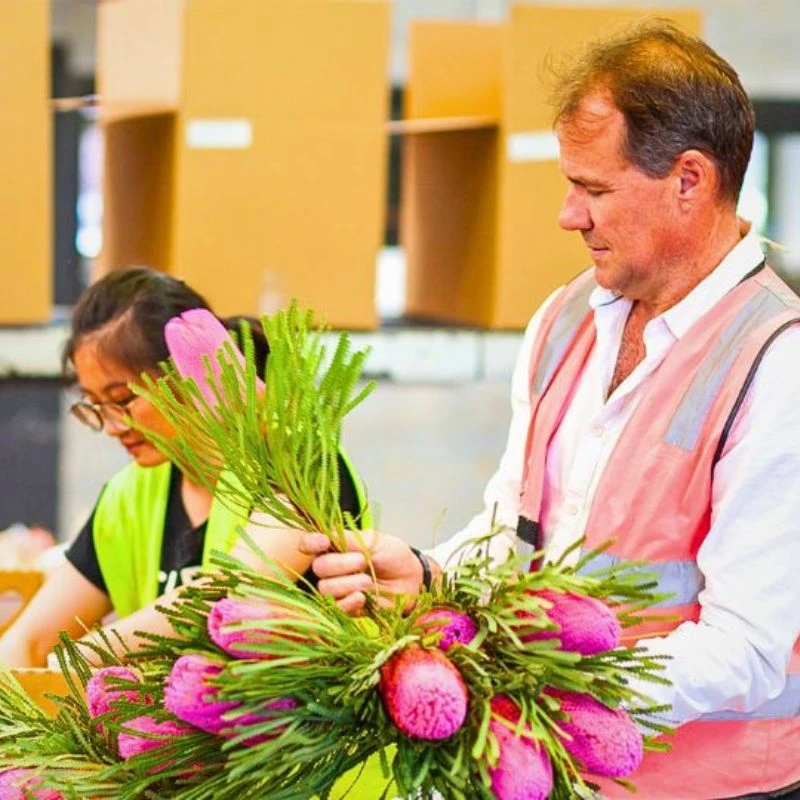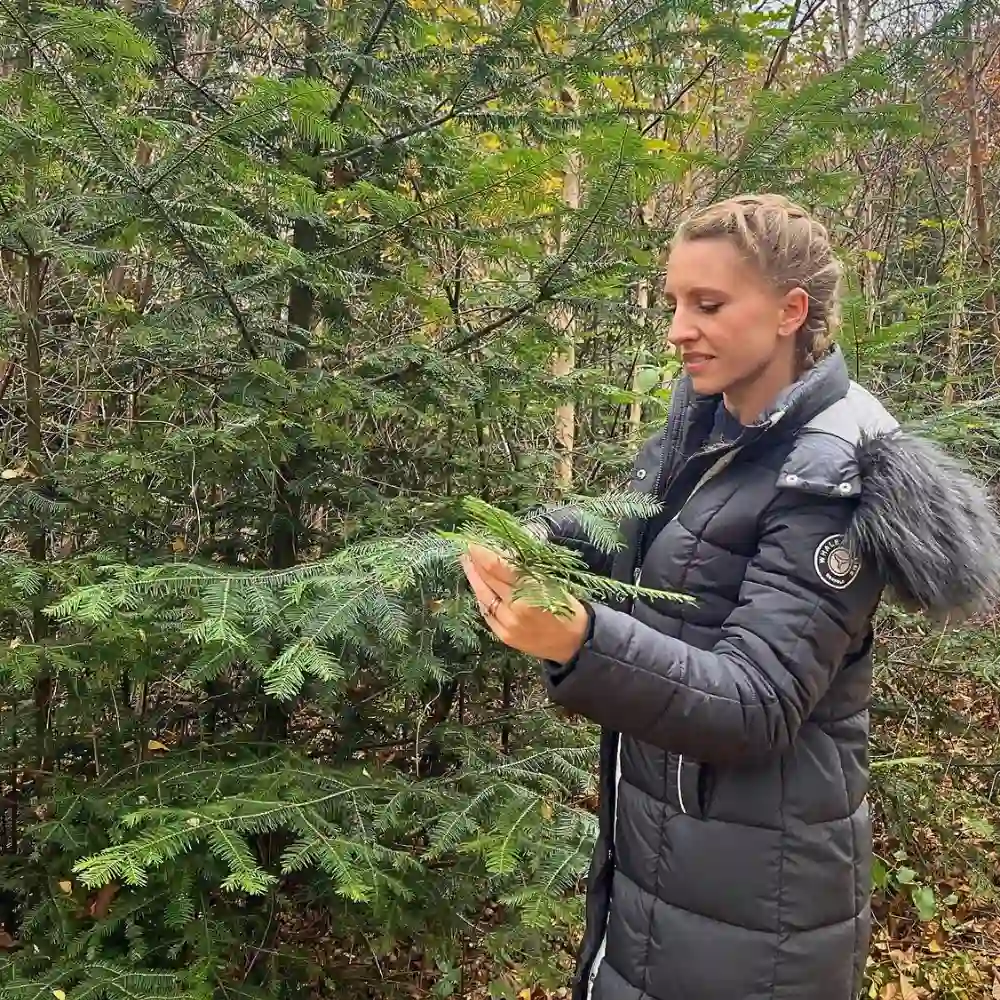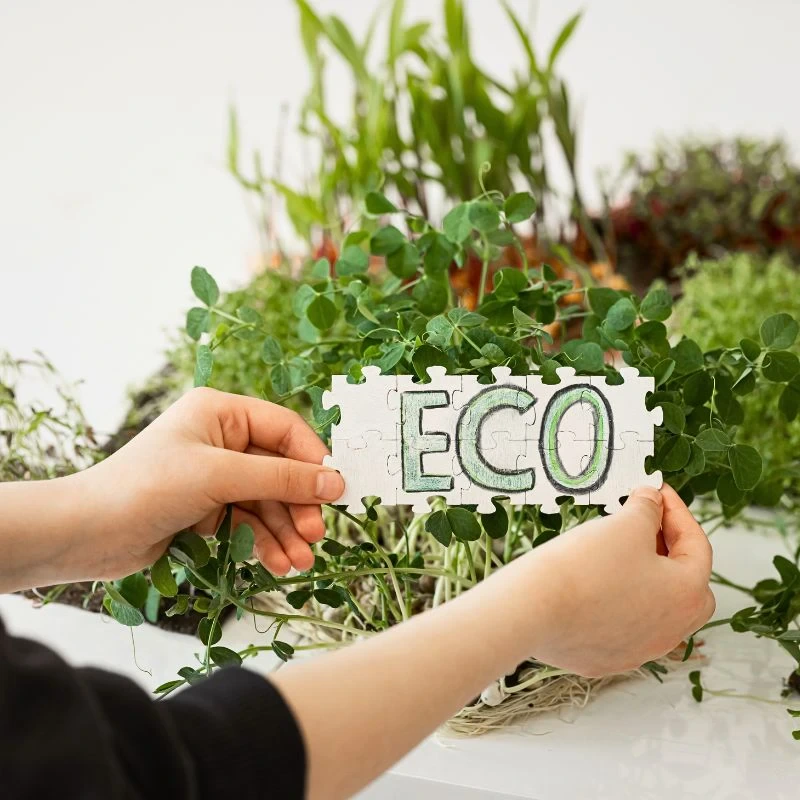The demand from consumers, retailers, and governments for sustainably grown horticultural products is increasing. There is a growing need among these parties for proof that a company operates sustainably. The existing (environmental) certifications do not provide a concrete answer in the form of a value. As a result, products are still difficult to compare between themselves.
Horti Footprint Chain Program
The life cycle assessment (LCA) is a widely recognized technique for calculating, monitoring, and benchmarking environmental impact. A complete calculation requires a lot of data from the entire production and logistics chain. The emissions of the entire life cycle together determine the total environmental impact (environmental footprint) of the flower or plant. With the Horti Footprint Chain Program, the horticultural sector is taking collective action by collecting data and jointly making a plan to reduce our footprint.

Creating New Business for the Participants of the Program
The collective action is what makes this program also very valuable. Besides calculating, monitoring, and benchmarking the environmental impact, the Horti Footprint Chain Program is also a networking program for the participants. Bringing together all different stakeholders from the chain to discuss collaborations in which it becomes possible to show the footprints from production, to end consumer. This is only possible when growers, suppliers, packaging transport, and everyone else involved in the chain decide to work together. New business models arise out of these networking gatherings.
Working Together on Climate-Positive Floriculture Products
The Horti Footprint Chain Program aims to gain insight for each party in the chain into its share in the CO2 footprint of the end product, in order to subsequently reduce its emissions. In this way, CO2 emissions per part of the chain can be reduced, which ultimately leads to a climate-neutral product. Because every link in the chain participates in the footprint calculation, it is possible to map out which categories cause the highest environmental impact. This way, together, the participants work together to reduce total emissions and compensate them where necessary. That's how businesses in the program are working together on climate-positive floriculture products by 2030.
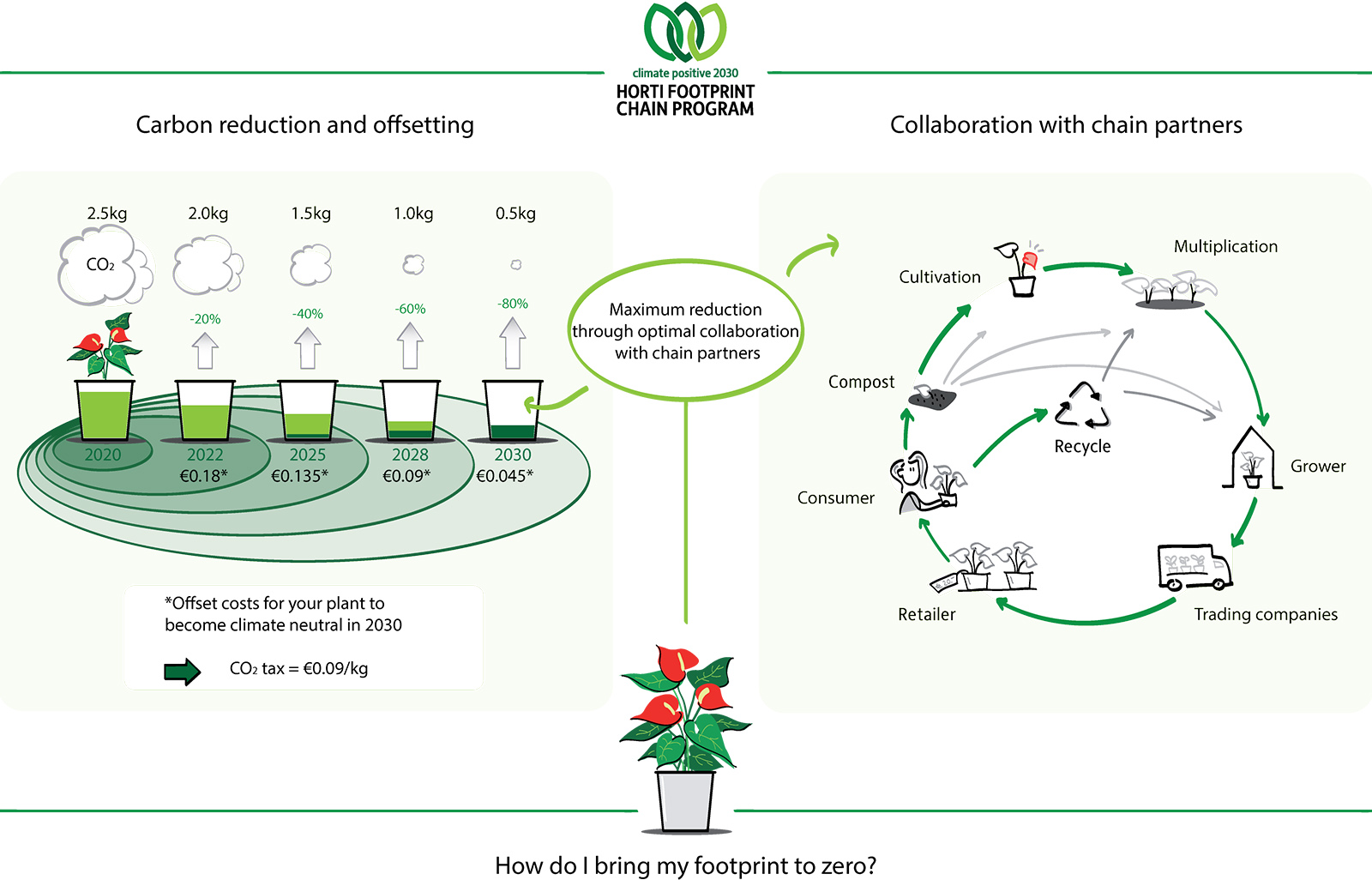
How Do I Reduce My Footprint to Zero?
Once the environmental footprint of every party in the chain has been mapped out, the reduction is the next step. Reducing to minimize the impact, but also to limit the future CO2 burden. It is expected that most businesses will never be able to produce completely without CO2 emissions. What in the end cannot be reduced can be compensated.
It is especially important that we do not take more from the earth than we give back.
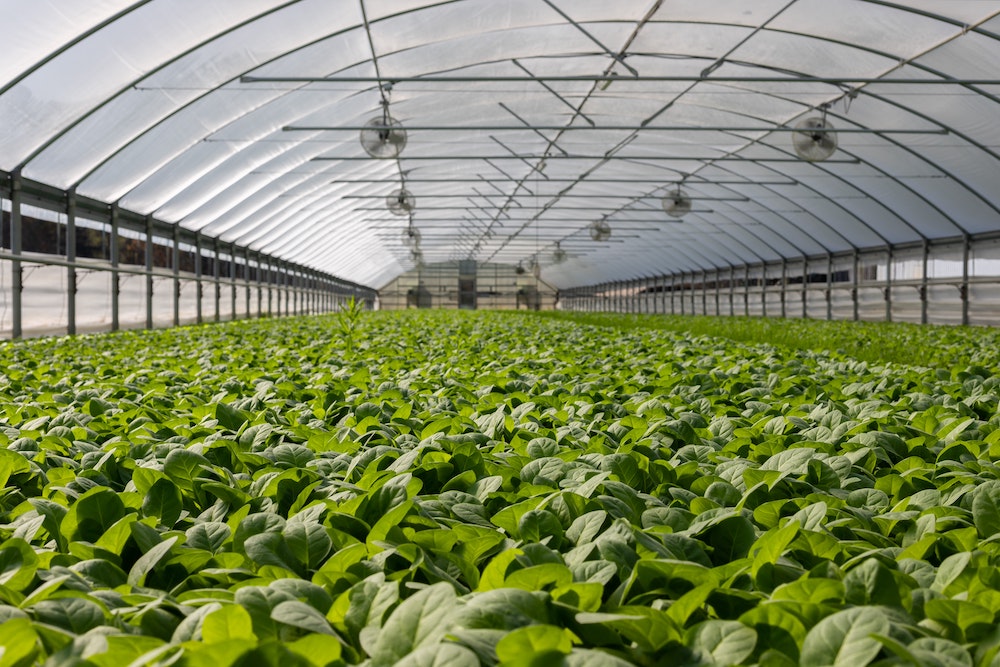
The Horti Footprint Chain Program is open to all in the flower industry. In order to reduce your footprint, it is important to first know it. Make sure that also your company and/or your products have their footprints calculated. For more information go to hortifootprint.nl

